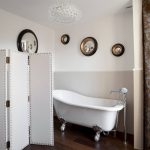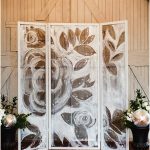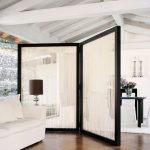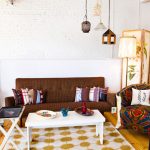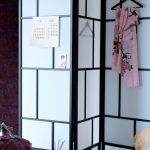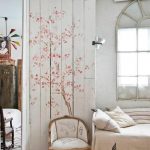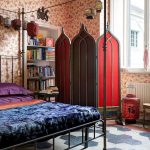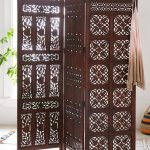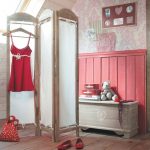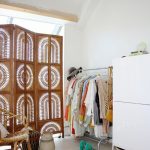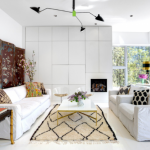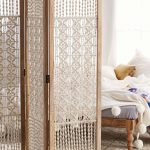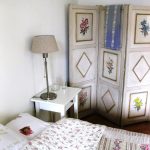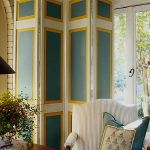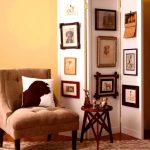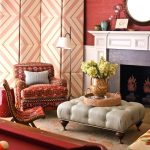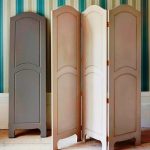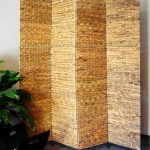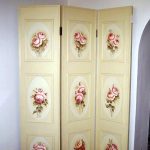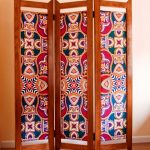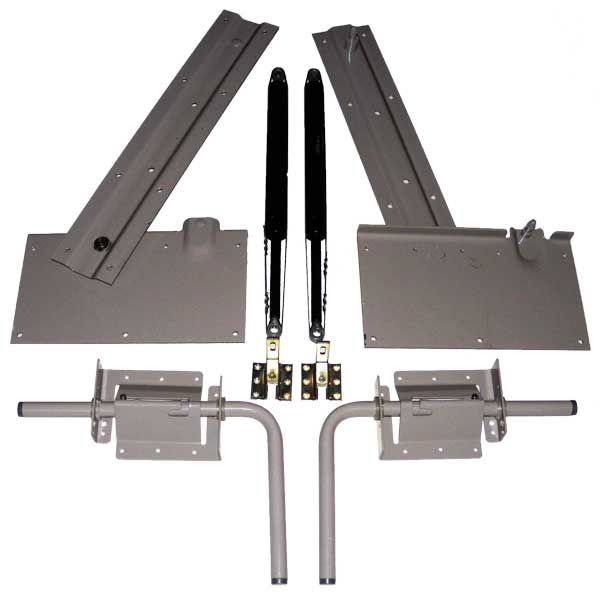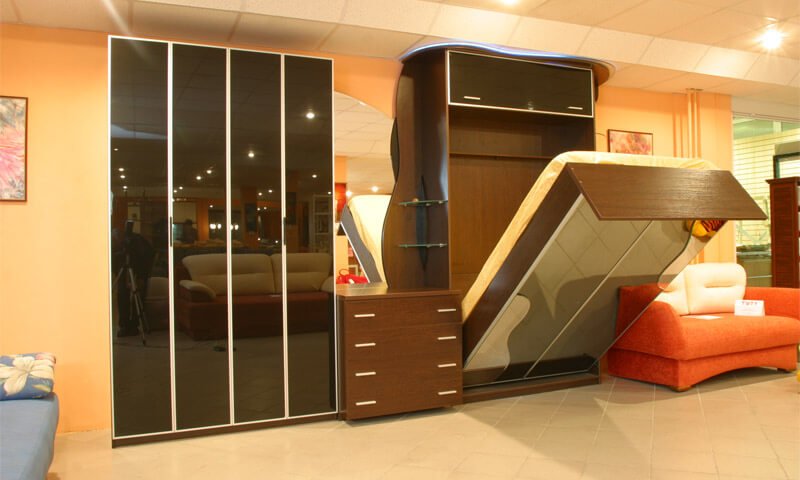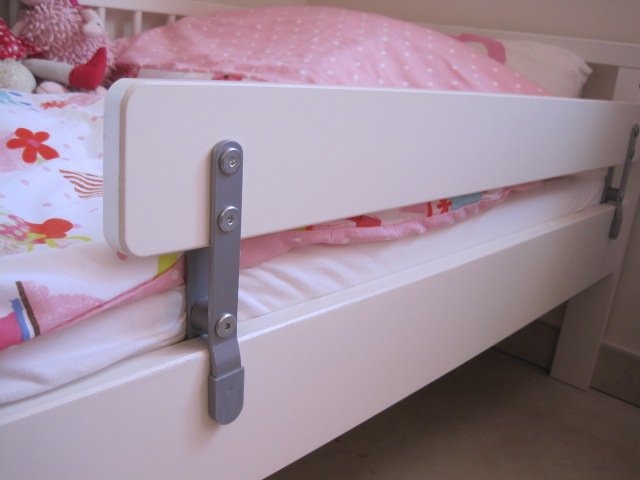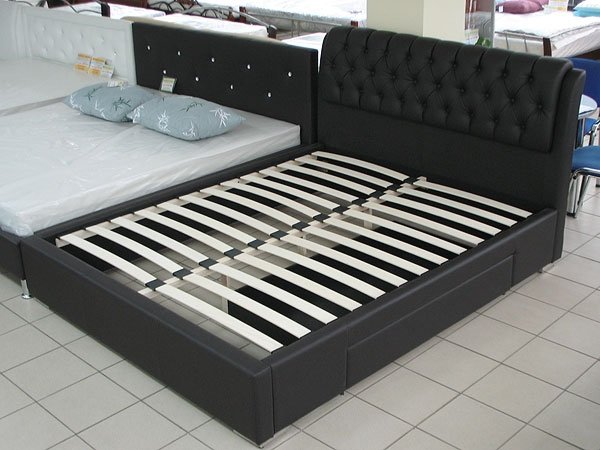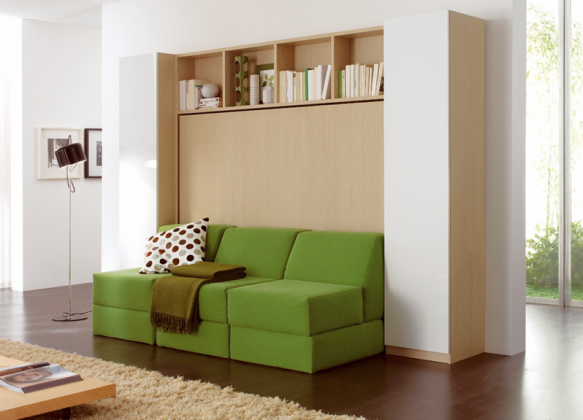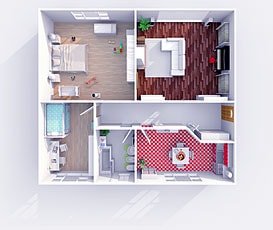How to make a screen with your own hands.
A few centuries ago, the screen was a classic attribute of any interior, claiming pretentiousness and taste.

Nowadays, with the help of screens, you can adjust the space in the house.
Over time, fashion "pushed aside" the screen, turning it into antiques, of interest only to historians from fashion. Now, when the concept of space zoning returns to the interior, the screen again became necessary.
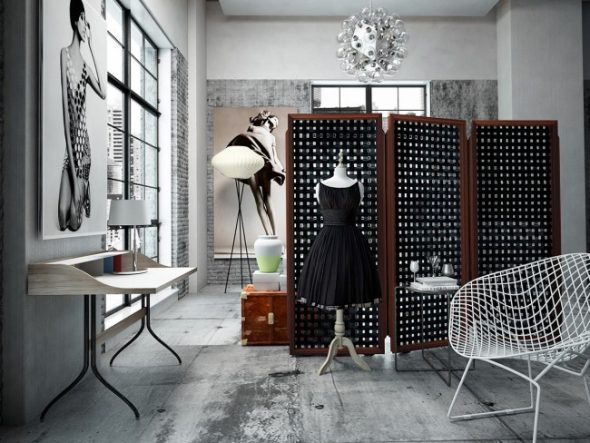
A screen is not just a decorative element, but a fully functional part.
With it, you can hide not intended for prying eyes, complicate or make a space more comfortable, and even turn it into an art object, add theatricality and decorativeness, etc.
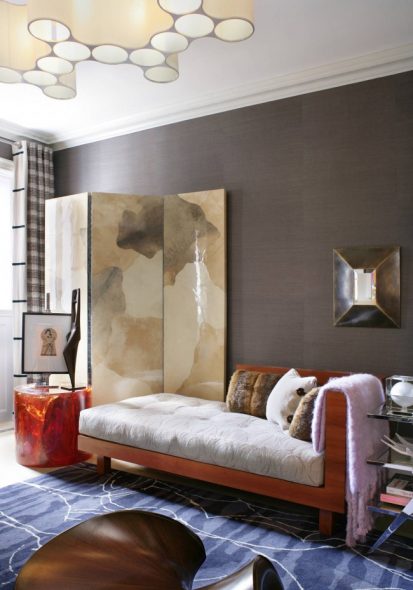
In the living room a screen can be made the main decoration of the room.
Content
Types of screens
The modern screen is divided into different types depending on the structure, the materials used and the purpose.
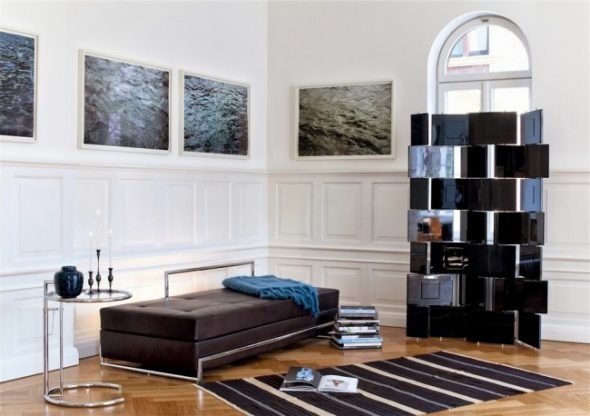
The original glossy screen is a decor element.
And if the purpose of a screen can be the most diverse and depends only on the imagination of its owner, then the most popular types of design are as follows.
- Swing.
Until recently, it was the only possible type of screen. The hard frame of the sash with a cloth stretched over it (paper, glass inserted into the frame, etc.), between the sash are connected like an "accordion".
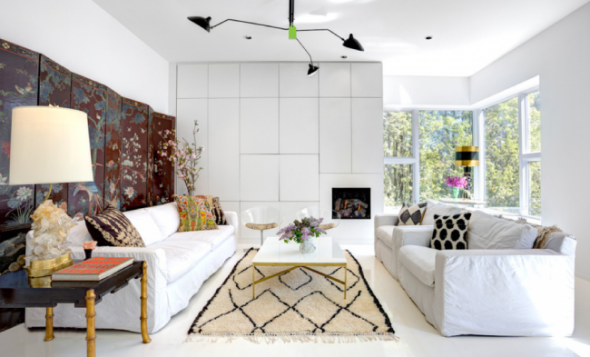
The screen for the entire length of the room along the wall acts as a decorative element.
The fastening is made with furniture or piano hinges, in some cases with a strong soft material (leather, thick fabric, artificial leather). Initially, the frame was made of wood, but later it was replaced with lighter aluminum.
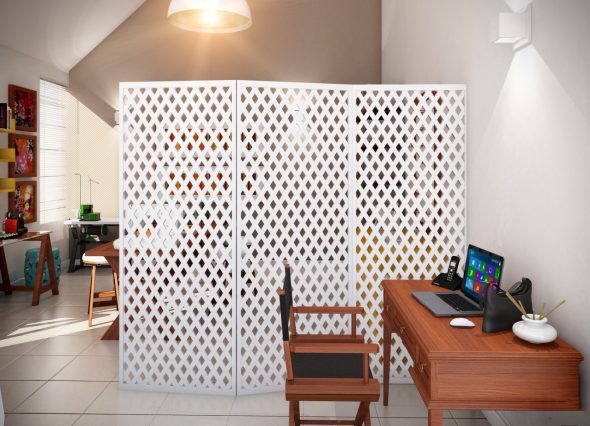
Currently, the main material for folding screens is plastic.
- Single Screen.
This is the main type of office screen. It is used when necessary to separate large space into smaller, individual “cabinets”.
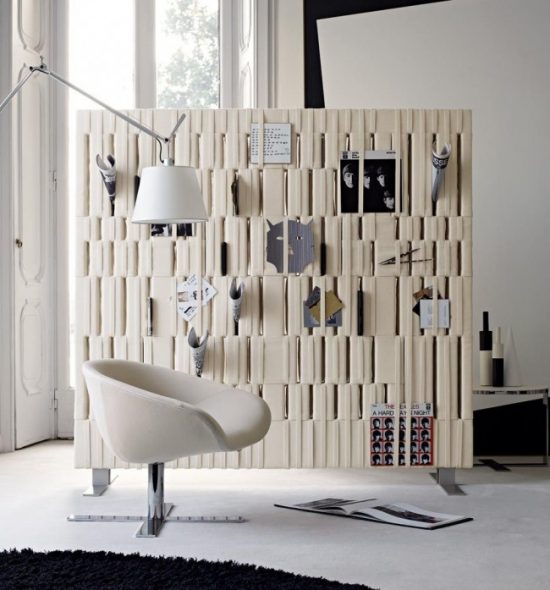
Unusual one-screen screen in the corner for recreation.
- Compound.
Recently, this species has become especially popular among those who love dramatic changes in its interior. Such a screen is assembled like a puzzle of several elements. The material is usually plastic, but a textile variant is also possible.
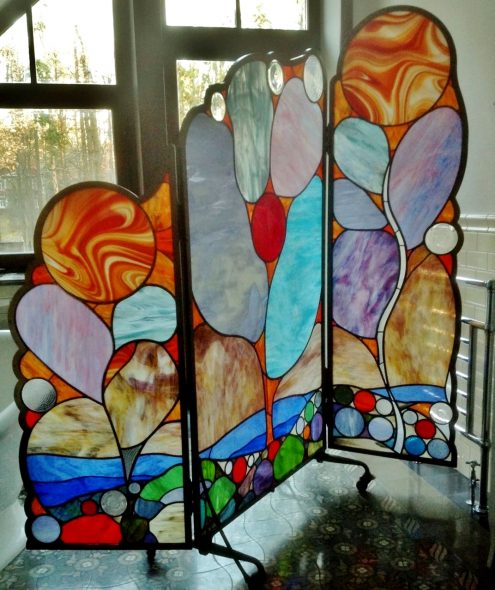
The number of elements, the material for them and in what order they will go, you can choose yourself.
- Flexible.
This type of screen - the latest invention of designers. The structure does not consist of individual valves, but is a single wall of flexible material.
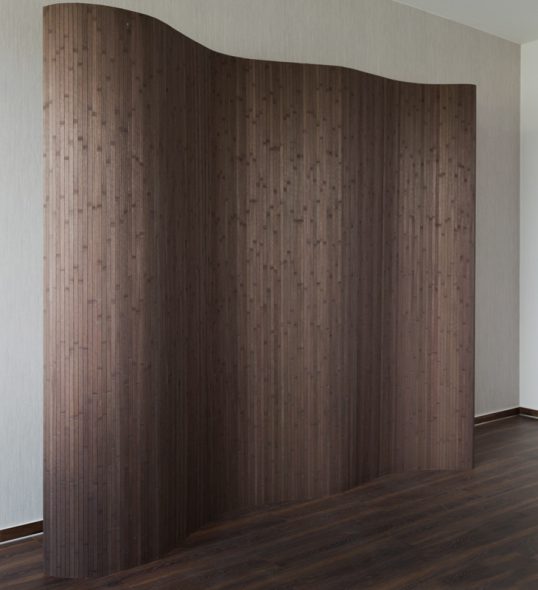
The screen is easily rolled into a roll, if necessary, can take fancy shapes and be used in various situations.
It can be bent at almost any angle, creating not only small zones in space, but even labyrinths. If necessary, fold the screen and clean.
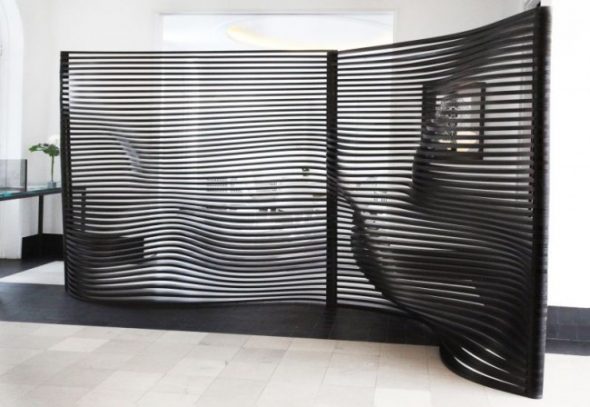
Novelty in the world of partitions - flexible screen.
If you have a question about how to make a screen with your own hands, then you need to proceed from the design features. For example, it is not possible to make a flexible screen yourself, since this is the matter of the material.Such a screen can be subjected to design changes or independently assembled.
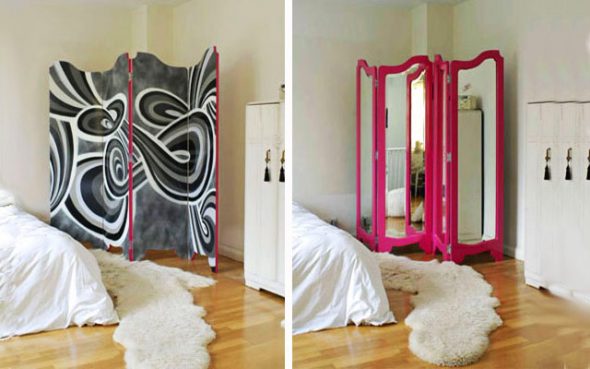
It is quite possible to make a classic folding screen with your own hands.
At the same time such a screen will have an undoubted number of advantages:
- MThe material is chosen based on your own preferences, as well as the configuration, height, width, etc .;
- ShThe irma perfectly fits into the interior in terms of size, design, color, and style;
- Cprice for such an individual design is significantly lower than any other analogues;
- PIf you wish, you can additionally attract, for example, wood craftsmen, artists or professional decorators.
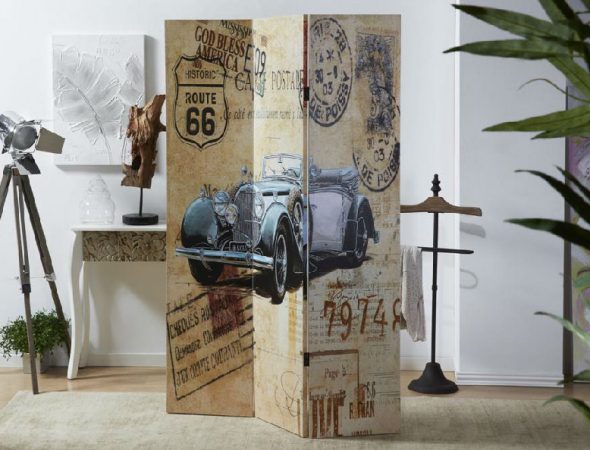
Since the screens are made of a variety of materials, it is important not to make a mistake with her choice for a particular room.
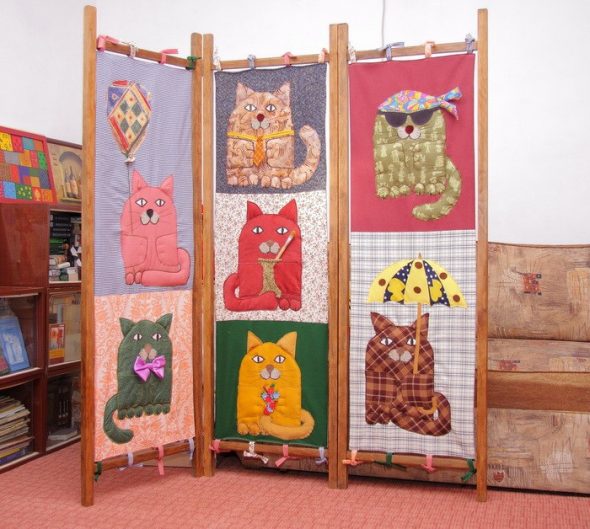
A screen for a room can be not only functionally useful, but also decoratively beneficial.
Materials and tools needed to make a screen
Making a screen with your own hands — not a complicated process at all. Having done this for the first time, in the future, having the necessary tools and experience, you can independently improve the technology, develop unique design solutions. But for the first screen will require a minimum set of tools and materials. Namely:
- Shuropovert and drill;
- Construction stapler;
- Furniture hinges;
- Hacksaw;
- Screws;
- Paint, varnish;
- Bars from a tree of necessary length;
- Fabric for internal filling of the valves (if glass is used - additional glazing beads will be needed);
- Suitable decor.
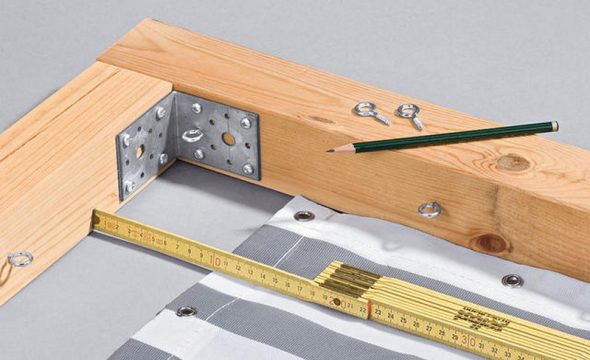
If everything you need is available, you can proceed to production.
The manufacturing process, in turn, is divided into the production of a frame for sash, decoration and fastening of the sash.
Step-by-step instructions for making a frame for a screen
The main element in the design of the screen is the frame of the leaf. Therefore, frame screens are most popular for independent production.The frame of the tree is a regular frame. Make it in several stages.
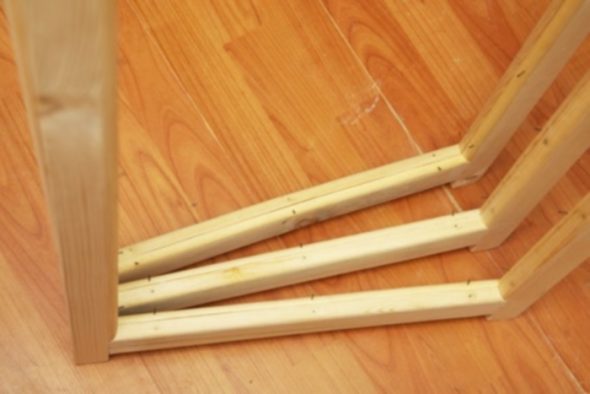
If the leaf is planned to be solid - the material is chosen as light as possible.
Screen DIY (step by step instructions)
- Size calculation.
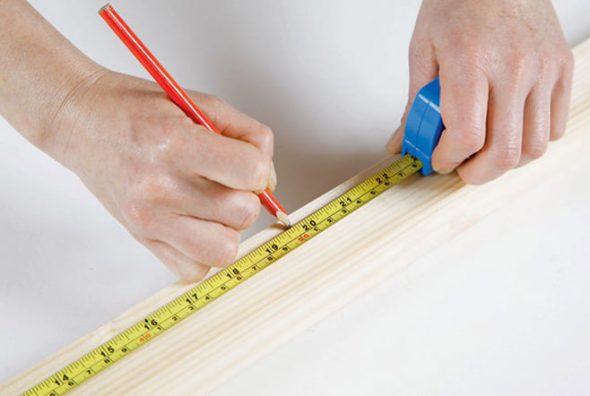
We make a markup of a bar (4x4) with the calculation of six bars of one hundred eighty and six bars of fifty centimeters.
- Cutting of wooden bars according to the sizes produced.
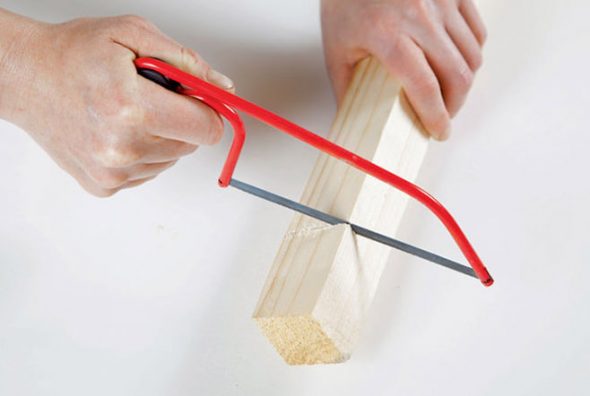
Next, for the manufacture of the screen we saw a bar on the markup.
- Pretreatment of wood for the frame: sanding, impregnation with a suitable composition, primer, painting.
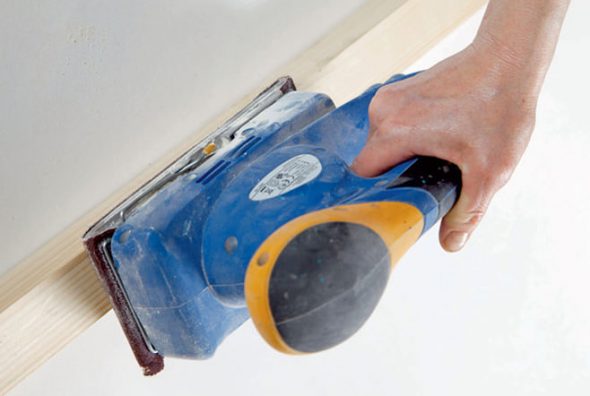
We process wooden blanks with an emery paper or a grinder, until smoothness.
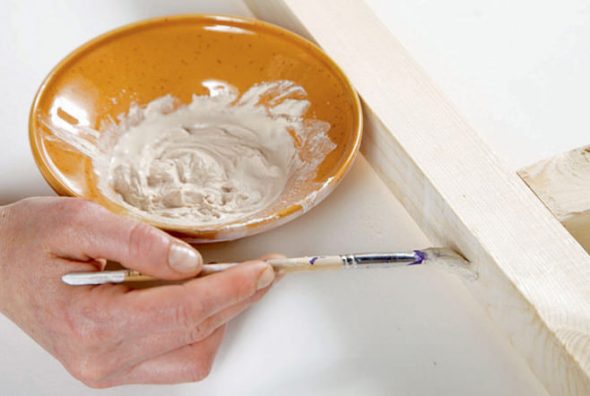
It is necessary to carry out preliminary work to close all irregularities and cracks.
- The bars can be joined in several ways. For example, with the help of spikes (in appearance, this method is similar to the clothing "zipper"). To do this, drill the grooves along the edge of both bars.
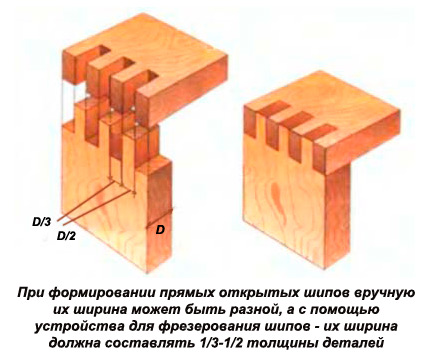
This compound is the most durable.
Making sure that the grooves exactly match, coat them with glue and connect with the help of suitable spikes.
- The bars can also be joined with screws. Creating a frame, when attaching the bars, you can leave space for the legs.
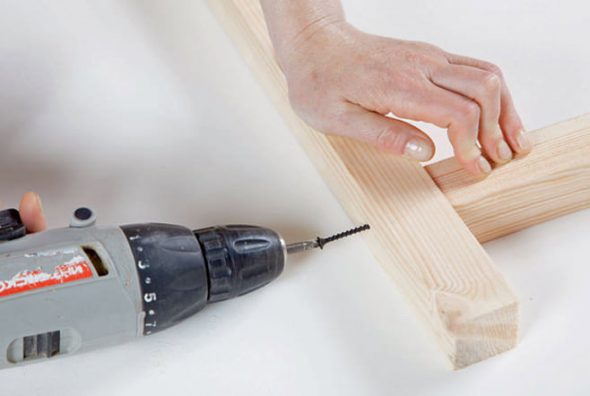
We fasten in a similar way all three shutters.
- Coating with matching paint color (stain).
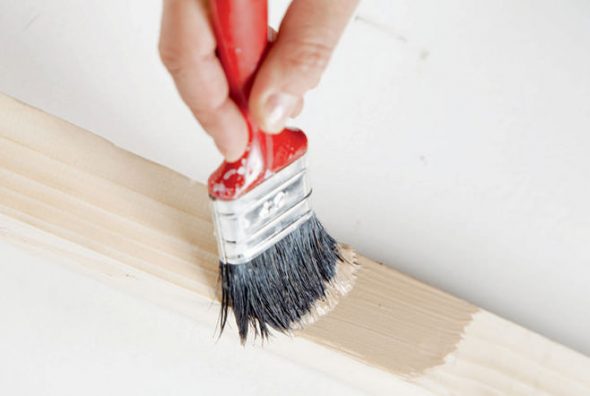
After completing the preparation of the surface of the future screen for the house, we paint the tree with the paint you like.
- Lacquer coating in two layers.
- Make some more similar sashes.
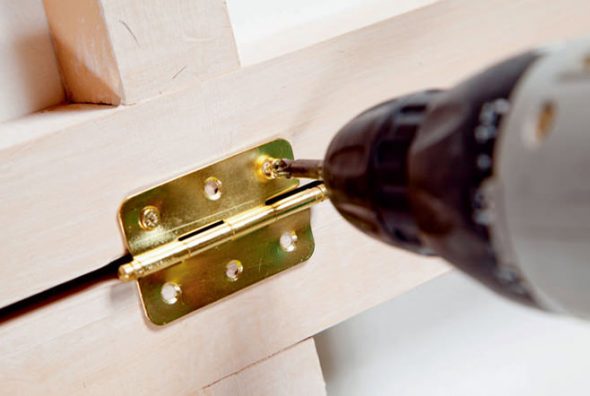
We connect the individual sash with loops.
To complicate the task, the skeleton can be woven from the rod, made of openwork metal (forging), decorated with the corners of the frame with forged metal, and the craquelure technique applied to wood.
Dressing the screen
According to the method of decorating designs are divided into deaf and transparent. Based on this, the material is chosen to fill the frame. If the final product is planned to be transparent or translucent - choose glass.It can be corrugated, matte, mosaic, with painting, etc.
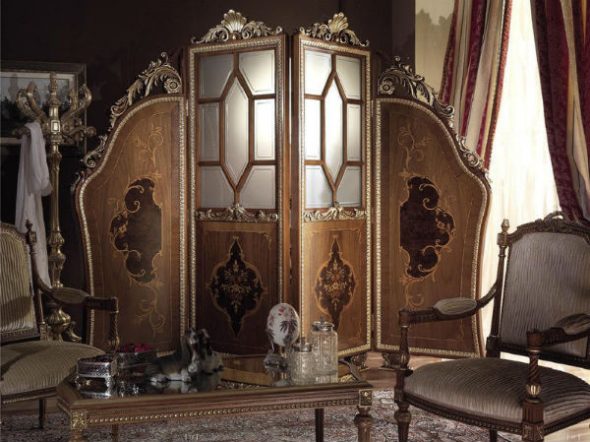
For glass, the grooves are made in wooden bars, then it is fixed with beadings.
Another material that is applicable to a translucent screen is sizoflor. But working with him is difficult, he is quite fragile.Sometimes, when creating a multifaceted decor, transparent areas of the screen are combined with non-transparent ones. For the latter use cardboard.
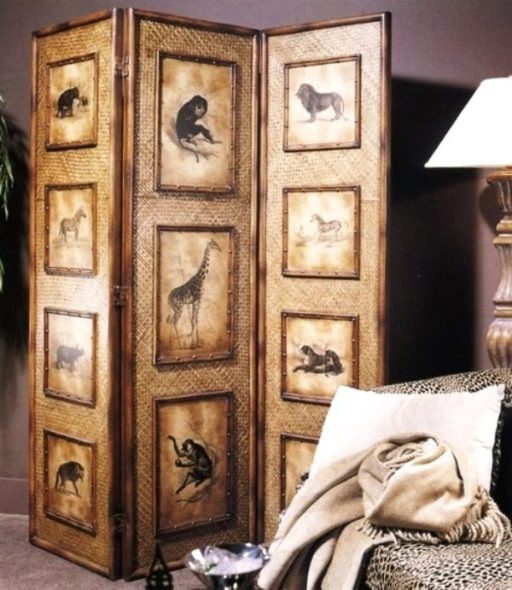
Cardboard is combined with floral mesh, paper, foil.
The most used material is fabric. And here the scope of designer fantasy is just limitless: chintz, exquisite silk, embroidery, organza, tapestry, painting on fabric and so on.
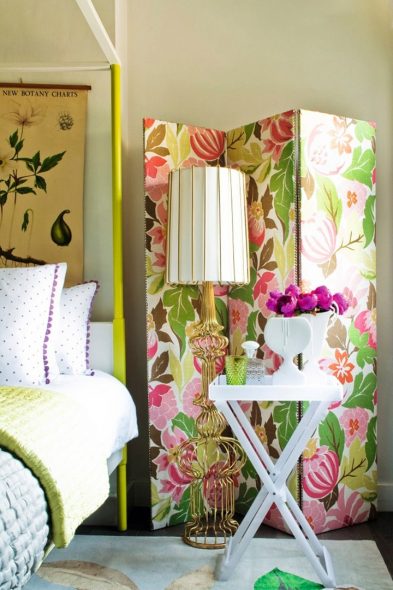
Restrictions in the decoration is practically non-existent.
There are also a lot of types of fastening fabric on the block frame:
- WITH using a construction stapler;
- Hattach on slatted slats;
- WITH using decorative loops;
- "Plant" on the glue with a rubber base;
- WITH using specialized pins.
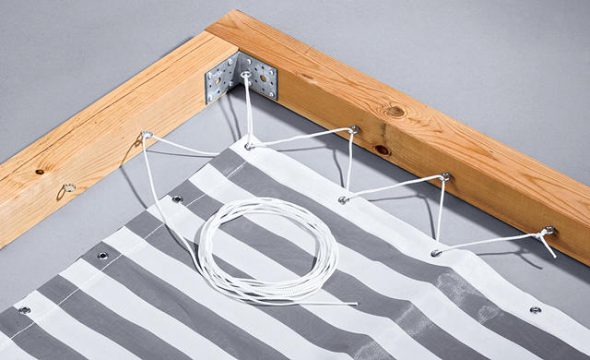
Over time, when making a screen with their own hands, each master has his own secrets, methods of fasteners and decoration.
VIDEO: Screen - a stylish way to zoning space.
Screen in the interior - 50 photo ideas:
 Suspension system for wardrobes: how to choose
Suspension system for wardrobes: how to choose
 Choosing screws to assemble furniture wisely
Choosing screws to assemble furniture wisely
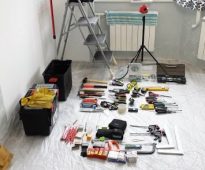 Furniture Assembly Tools
Furniture Assembly Tools
 Liquid skin or how to restore a leather sofa on your own
Liquid skin or how to restore a leather sofa on your own










